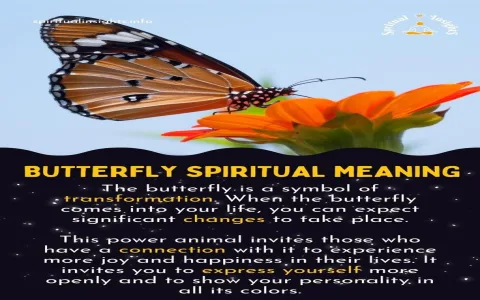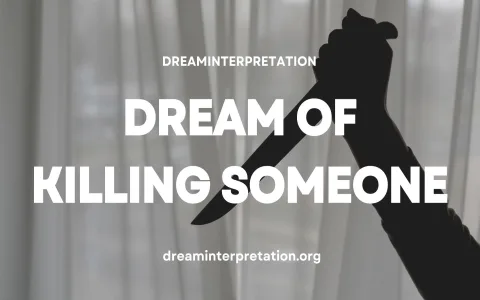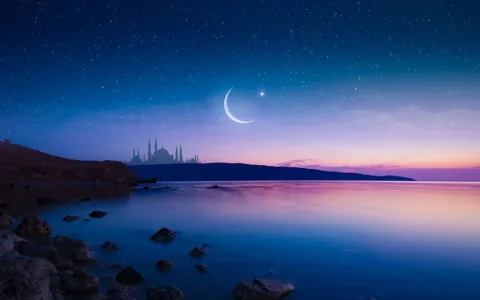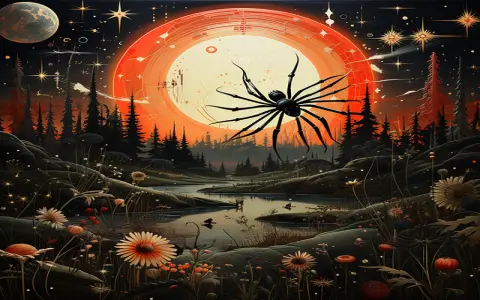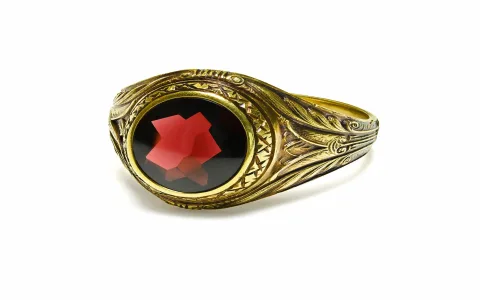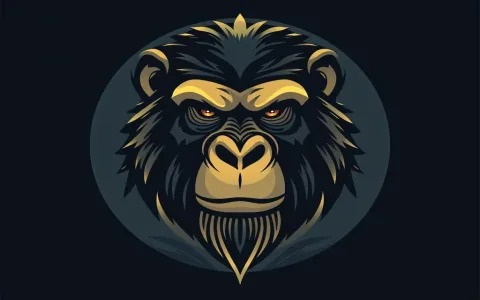You know, for years, I was that guy who only paid attention to the full moon. Everyone does, right? It’s big, it’s loud, it feels like an emergency. But last year, I got absolutely clocked by life, just blindsided. I had been working on this massive passion project for almost five years, pouring everything into it, and then the funding just dried up. Poof. Gone. I felt hollowed out, like standing in the middle of a burned-down forest.
I didn’t know how to start again. I felt stupid even trying. I was sitting on my porch one night, absolutely stewing in the feeling of failure, trying to figure out where I’d messed up. That’s when I really saw it. Not the full moon’s dramatic spotlight, but the thin, sharp little crescent, just hanging there, barely lit, like a fingernail clipping in the huge black sky. It happened two nights in a row, and then I saw it again the following month. It felt personal.
I decided I had to figure out what this specific symbol meant, beyond the basic astrology charts you find online. I refused to accept the generic stuff—”new beginnings” or “setting intentions.” I needed the gritty reality of what it actually signifies when you feel like everything is over. I started what I called the ‘Crescent Decode Project.’
The Dive: I Dug for the Real Stuff
My first move wasn’t hitting up search engines. That stuff is polluted with clickbait. I needed old wisdom. I pulled out every dusty book I owned on myth and symbolism. I drove across the state to a couple of old metaphysical shops—the kind where the owners look at you suspiciously until you prove you’re serious. I wasn’t looking for spells; I was hunting for stories, for traditions that explained the crescent when the energy was low.
Here’s what I collected and how I started implementing the research:
- I found that in tons of ancient cultures, the crescent wasn’t about growth yet; it was about the transition from darkness to light. It’s the time you’ve escaped the dark night and are holding onto that first tiny sliver of hope.
- I read accounts describing it as the “Goddess as Maiden,” the energy of pure, new potential that hasn’t been tested or burdened yet.
- I talked to a really old woman, a sort of local herbalist down south, who told me the crescent is when you should be silent and only focus on the smallest, most essential tasks. No big moves. Just organizing your seeds for next season.
I realized the whole narrative I’d created around my failure was too focused on the “death” (the full moon energy ending) and not on the incredibly focused moment of “birth” (the crescent). I had to change my practice.
The Practical Observation Phase: Sitting in the Quiet
This is where the real work started. For the next three cycles, every time the moon was in its visible crescent phase (just after the New Moon), I made myself stop whatever self-pity project I was running and sit outside for at least an hour. No phone, no music, just me and the sky. I tracked my internal state.
I noticed something immediate and powerful:
The crescent wasn’t aggressive. It was subtle. It forced me to narrow my focus. When the full moon is out, you feel pressure to achieve, to be loud, to complete things. The crescent demanded simplification. I started writing down only one single action I could take that week to move forward—not five, not three, just one. This was my personal ‘crescent intention.’
The first month, my single action was “Clean the garage.” It had nothing to do with the failed project, but it was physical and definitive. When I finished, I felt the satisfaction of true completion, something the huge, sprawling previous project never gave me. The crescent wasn’t about manifesting a huge new company; it was about building the foundation, brick by brick, when nobody was looking.
The second month, my action was “Write the first 500 words of a totally new idea.” Just 500. No pressure for a book or an article. I forced myself to keep the scope small, potent, and focused, just like that thin silver line in the sky. It felt like I was shielding the tiny flame of this new idea from the harsh winds of doubt. That’s the true power of the crescent, I decided: protection and potent smallness.
The Final Realization: It’s Not About What’s Coming
After three solid cycles of dedicated observation and ridiculously small, disciplined actions, the meaning finally slammed into me. The crescent moon doesn’t signify the glorious future growth; it signifies the absolute, non-negotiable power of being right now. It’s the energy of surviving the dark and immediately putting your limited energy into guarding the very first sign of light.
It’s messy. It’s often invisible to others. But that focused, razor-sharp intent, that’s the powerful symbol. It’s not the grand achievement; it’s the quiet, determined act of starting over, of saying, “I have almost nothing, but I have this one tiny piece, and I will protect it and use it right now.”
I stopped worrying about the big five-year plan. I started prioritizing the simple, clean steps. I applied this logic to my career pivot. I didn’t try to launch another massive company. I spent the next few months mastering one niche skill—the one I’d been putting off—and now I consult in that space. It’s smaller, but man, is it stable. And it all came from watching that skinny little sliver of light and realizing that sometimes, the smallest sign is the strongest.



